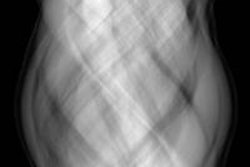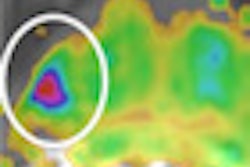A new image-based guidance system for minimally invasive surgery may be superior to conventional tracking systems, according to a study in Physics in Medicine and Biology.
Researchers from Johns Hopkins University said the computerized process could make minimally invasive surgery more accurate and streamlined.
The study team used a mobile C-arm to deploy a registration algorithm to automatically match 2D x-ray images with 3D CT images (Phys Med Biol, January 20, 2014, Vol. 59:2, pp. 271-287).
"Rather than adding complicated tracking systems and special markers to the already busy surgical scene, we realized a method in which the imaging system is the tracker and the patient is the marker," said Jeffrey Siewerdsen, PhD, senior study author and professor of biomedical engineering, in a statement.
The algorithm was adapted from a previous system used to help surgeons find specific vertebrae. Tests on cadavers showed accuracy within 2 mm, compared with 2 mm to 4 mm for conventional surgical trackers, the study team found.
Traditional surgical registration can be error-prone, require multiple manual attempts, and degrade over the course of the operation. The new technique could also extend high-precision guidance to a wider spectrum of surgeries, according to the researchers.



















